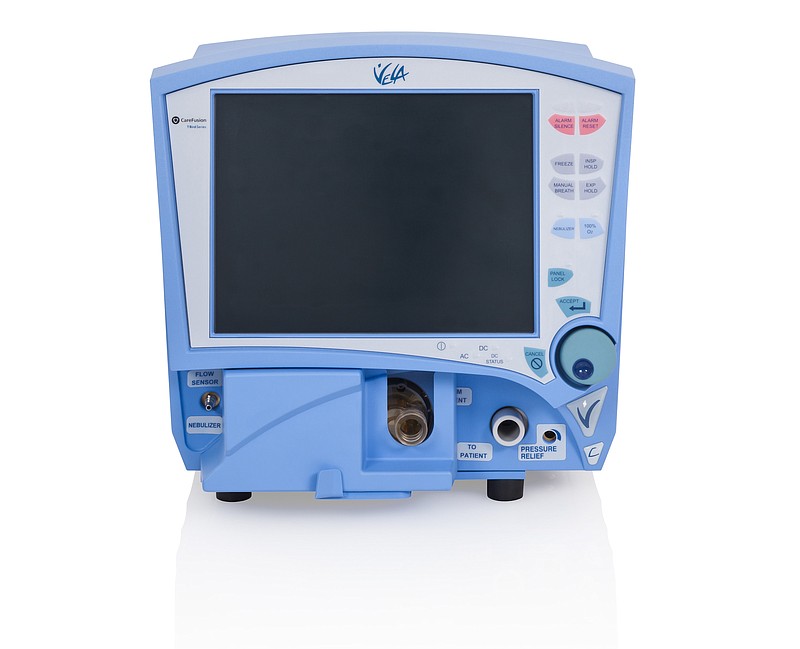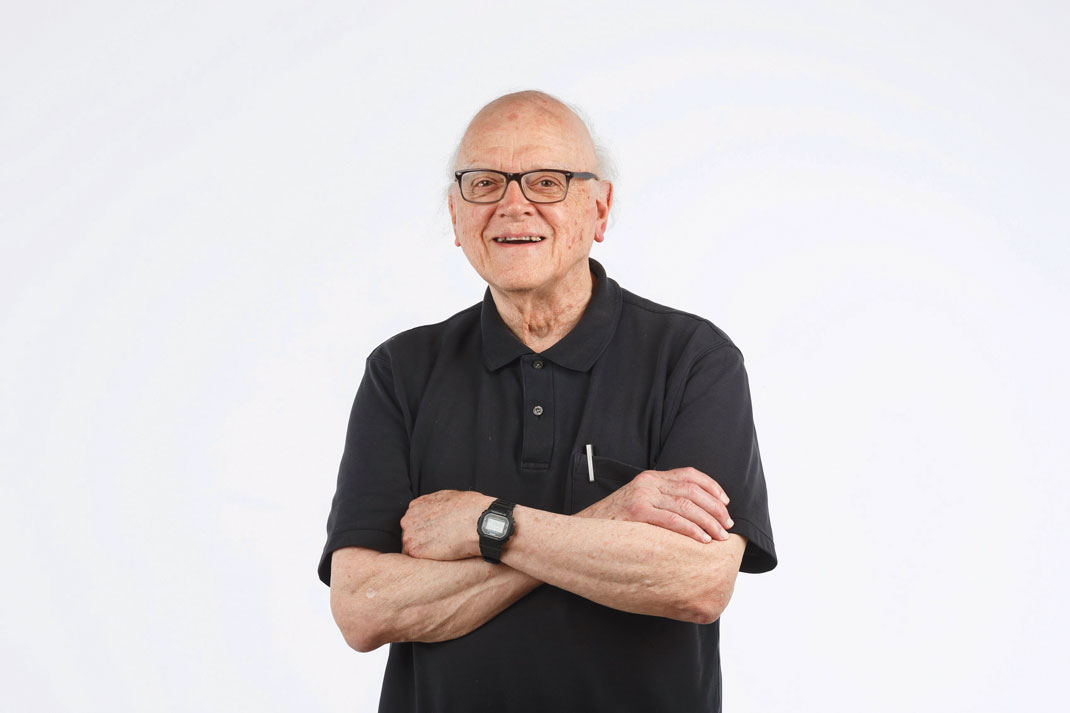"Who gets how much of what when there is not enough to go around?" This was the provocative title of a lecture given by Duke University ethicist Harmon Smith at the University of Tennessee-Chattanooga many years ago. Smith addressed issues of equity or fairness in the American health care system, pointing out the vulnerability of people who lacked health insurance. Our society is still searching for an answer to that question.
Because of the rapidly expanding COVID-19 pandemic, Smith's question takes on new urgency.
Each of the countries that has been hardest hit by the pandemic offers some variation of universal health care. Testing and subsequent care for citizens are covered. Problems related to the pandemic in those countries are due to hospitals being overwhelmed by large numbers of patients requiring intensive care.
In contrast, health insurance coverage varies widely among American states. Thirty-six states and the District of Columbia chose to expand their Medicaid coverage under the 2010 Affordable Care Act. On average, 6.6% of their residents remain uninsured. Among the 14 states that chose not to expand their Medicaid programs, 12.4% of their population are uninsured. In Texas, 17.7% of residents lack health insurance.
At the end of 2019, 27.9 million Americans, 8.5% of the population, lacked health insurance. That number increased by 1.9 million during that year. The increase is attributed to the Tax Cut and Jobs Act of 2017, which eliminated the penalty for individuals who chose not to purchase health insurance.
An American without health insurance will be reluctant to seek care at a clinic or emergency room when experiencing symptoms suggestive of coronavirus infection. Only by testing can a diagnosis of COVID-19 infection be determined. Infected, untested individuals will continue to infect people with whom they work or live.
Testing is free. Tests must be readily available for all U.S. residents, regardless of race, ethnicity, or status of citizenship. Access to testing will be facilitated by the establishment by local governing authorities of walk-up or drive-up testing sites. Mobile testing facilities will be needed for remote communities as well as nursing homes and mental health facilities. Testing must be readily available for occupants of nursing homes and mental health facilities, prisoners, homeless persons, and wherever immigrants are detained.
Individals who test positive and whose symptoms are worsening must have prompt access to appropriate, inpatient care without administrative delays. Every hospital, whether municipal or private, must function as a comprehensive site of care for all-comers. Patients must not be turned away because they lack insurance or their health plan is not accepted by a hospital.
States that have not expanded their Medicaid programs face the added challenge of providing testing and care for larger numbers of uninsured residents. Might these states appeal to the federal government for emergency expansion of their Medicaid programs until the pandemic has passed?
Three hypothetical scenarios illustrate complex circumstances that may lie ahead:
A hospital has three ICU beds with ventilators at a time when five critically ill patients suffering from COVID-19 pneumonia arrive at the emergency department. How are the beds allocated?
Two patients with advanced dementia in a nursing facility test positive. The condition of each deteriorates. One patient has an advanced directive that specifies comfort care only in the event of critical illness. The second patient specified comprehensive care in the advance directive that he completed before his dementia. His closest kinsmen insist that his wishes be followed. The town's ICU has one empty bed.
A homeless woman, who is addicted to opiates, is diagnosed with COVID-19 pneumonia in the same emergency room to which the above patient with dementia is transported. Which patient should be admitted to the ICU?
Not since the influenza pandemic of 1918-1920, has our nation - our world - faced such danger. How we, as a nation, respond to the COVID-19 pandemic will define our character going forward.
To paraphrase Winston Churchill, this could be for future generations "our finest hour."
Contact Clif Cleaveland at cleaveland@timesfreepress.com.

